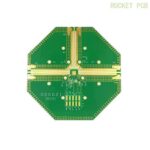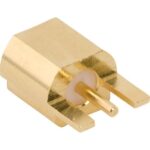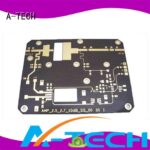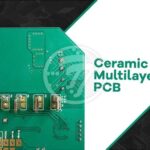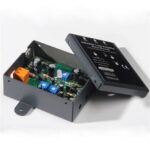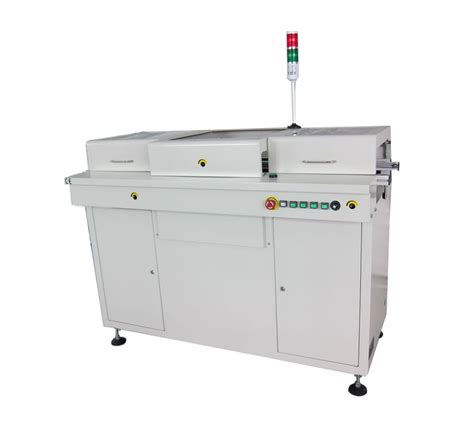
ALL ABOUT FLEX PCB
-
AOI in PCB and SMT Production Line
Posted by
–
 Read more: AOI in PCB and SMT Production Line
Read more: AOI in PCB and SMT Production LineIntroduction to AOI in PCB and SMT Manufacturing Automated Optical Inspection (AOI) plays a critical role in ensuring quality and reliability in Printed Circuit Board (PCB) and Surface Mount Technology (SMT) production lines. AOI systems use advanced imaging and computer vision algorithms to quickly and accurately detect defects, such as […]
-
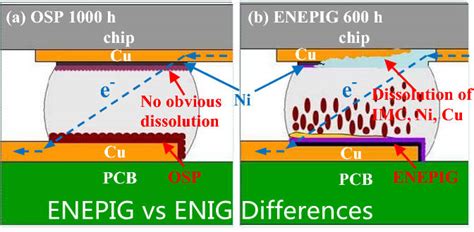 Read more: An Introduction to Electroless Nickel Immersion Gold ENIG by RAYPCB
Read more: An Introduction to Electroless Nickel Immersion Gold ENIG by RAYPCBWhat is ENIG? Electroless Nickel Immersion Gold (ENIG) is a surface finishing process used in the manufacture of printed circuit boards (PCBs). It involves the deposition of a thin layer of nickel followed by a thin layer of gold on the copper pads of the PCB. The nickel layer acts […]
-
Convert PDF to Gerber and NC Drill formats
Posted by
–
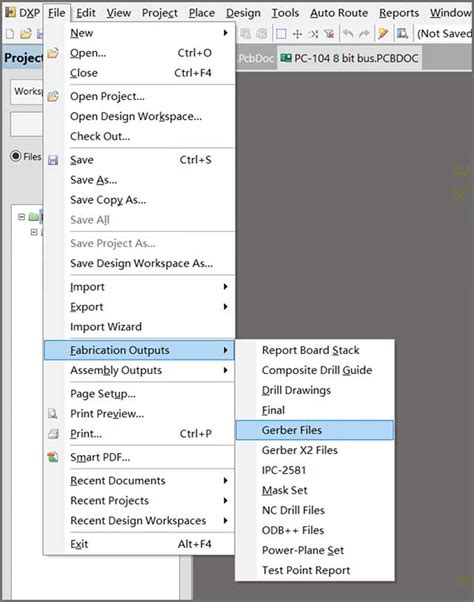 Read more: Convert PDF to Gerber and NC Drill formats
Read more: Convert PDF to Gerber and NC Drill formatsIntroduction to PDF, Gerber, and NC Drill Formats PDF (Portable Document Format) is a widely used file format for exchanging and printing electronic documents. It was developed by Adobe in the 1990s and has since become the standard for sharing documents across different platforms and devices. PDFs can contain text, […]
-
AC DC Converter: The perfect DC power solution
Posted by
–
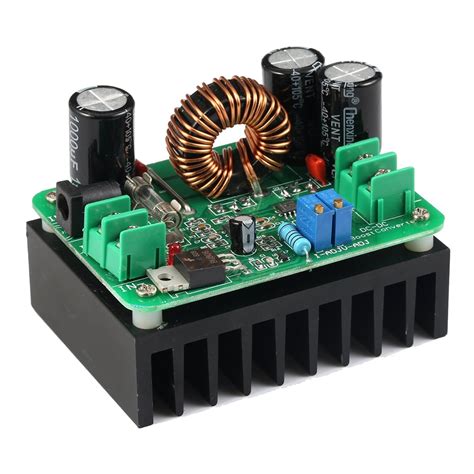 Read more: AC DC Converter: The perfect DC power solution
Read more: AC DC Converter: The perfect DC power solutionWhat is an AC-DC Converter? An AC-DC converter is an electronic device that takes alternating current (AC) input from the power grid and converts it into direct current (DC) output suitable for powering various electronic devices. The converter rectifies the AC input, filters it, and regulates the output voltage to […]
-
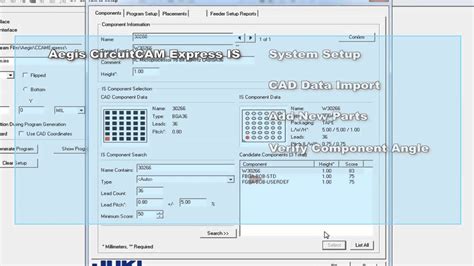 Read more: How to open Gerber files in AutoCAD with free open source tools
Read more: How to open Gerber files in AutoCAD with free open source toolsWhat are Gerber Files? Gerber files, also known as Gerber format or Gerber image format, are the industry standard for printed circuit board (PCB) designs. These files contain essential information for PCB Fabrication, including copper layers, Solder Mask, silk screen, and drill data. Gerber files are generated by PCB Design […]
-
What is PCB Edge Plating
Posted by
–
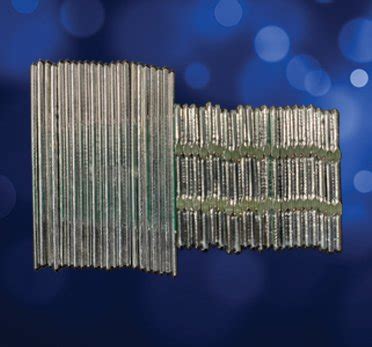 Read more: What is PCB Edge Plating
Read more: What is PCB Edge PlatingWhy is PCB Edge Plating Important? PCB edge plating is crucial for several reasons: Durability: The exposed edges of a PCB are susceptible to damage from handling, vibration, and environmental factors such as moisture and contaminants. Edge plating creates a protective barrier that helps prevent chipping, cracking, and delamination of […]
-
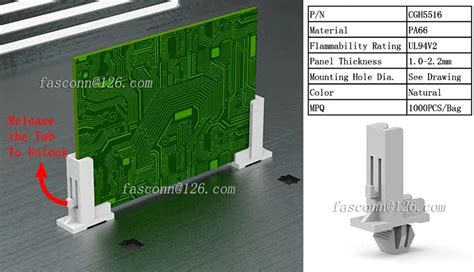 Read more: How to Make a Custom PCB: Everything You Need to Know Is Here
Read more: How to Make a Custom PCB: Everything You Need to Know Is HereIntroduction to PCB Design and Manufacturing Printed Circuit Boards (PCBs) are the backbone of modern electronics. They are used in almost every electronic device, from smartphones and laptops to industrial equipment and medical devices. PCBs provide a way to mechanically support and electrically connect electronic components using conductive pathways, tracks, […]
-
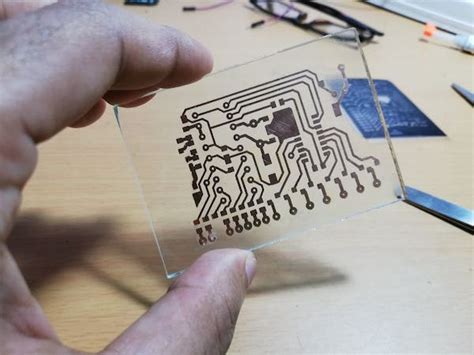 Read more: PCB Etching-How to Achieve The Perfect PCB Etching
Read more: PCB Etching-How to Achieve The Perfect PCB EtchingIntroduction to PCB Etching PCB etching is a crucial process in the fabrication of printed circuit boards (PCBs). It involves removing unwanted copper from the surface of a PCB substrate, leaving behind the desired conductive traces that form the electrical connections of the circuit. Achieving perfect PCB etching is essential […]
-
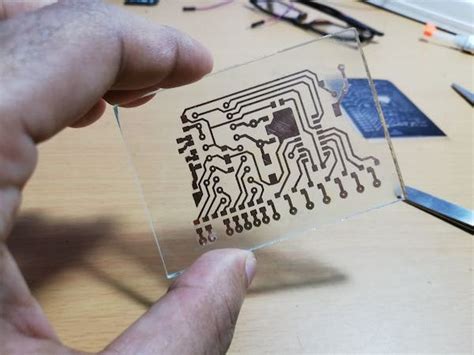 Read more: Etching Solution For PCB: Wet vs. Dry Etching for Circuit Board Traces
Read more: Etching Solution For PCB: Wet vs. Dry Etching for Circuit Board TracesIntroduction to PCB Etching Printed Circuit Board (PCB) etching is a crucial process in the manufacturing of electronic devices. It involves removing unwanted copper from the surface of the PCB to create the desired circuit pattern. The choice of etching method can significantly impact the quality, precision, and efficiency of […]
-
BMP280 vs. BME280: What Are Their Differences?
Posted by
–
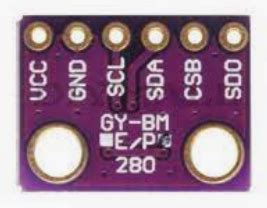 Read more: BMP280 vs. BME280: What Are Their Differences?
Read more: BMP280 vs. BME280: What Are Their Differences?Introduction to the BMP280 and BME280 Sensors The BMP280 and BME280 are two popular environmental sensors used in a wide range of applications, from weather monitoring to IoT devices. Both sensors are produced by Bosch Sensortec and offer high-precision measurements of atmospheric pressure, temperature, and in the case of the […]
